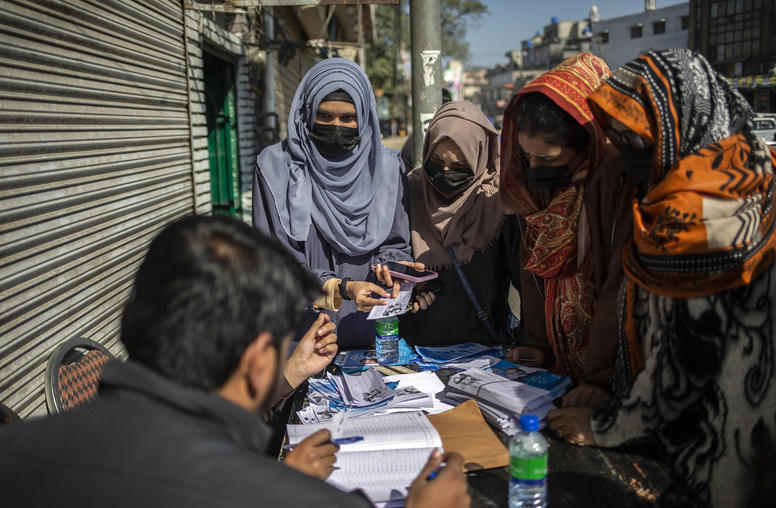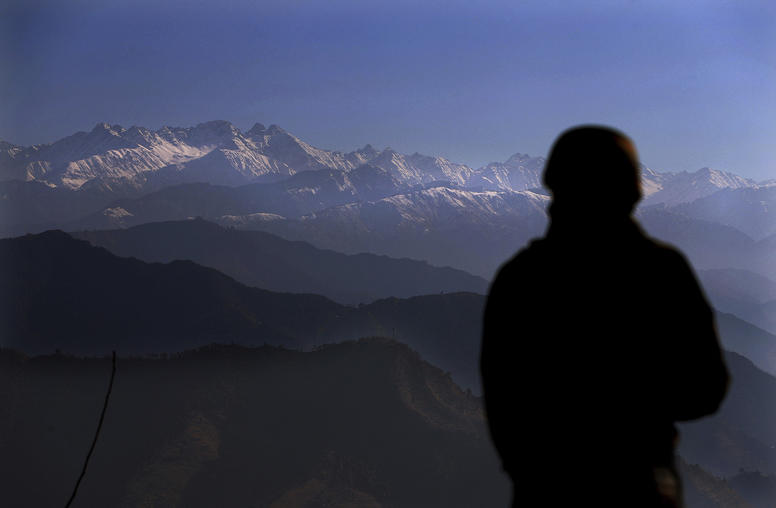India, Pakistan and South Asia’s New Geopolitics
How Foreign Influence and Uncertain U.S. Policy Shape the Region’s Core Conflict
Perennial volatility between India and Pakistan has escalated further recently along their 2,064-mile border. While the historic antagonism between the two nuclear-armed powers remains the central risk, it is playing out today amid gains by radical insurgents in Afghanistan, probing by Russia and Iran, uncertainty over U.S. policy, and rapidly evolving economic ties between Pakistan and China. On May 15, the U.S. Institute of Peace held a discussion of the region’s shifting geopolitics and ways current trends might line up with U.S. interests.
The American goal of maintaining peace and stability in South Asia faces an increasingly complex set of challenges. Mutual accusations of support for terrorism and violent incidents along the Line of Control in Kashmir have inflamed the core India-Pakistan conflict. Pakistan’s relations with Afghanistan also have deteriorated over terrorism and refugees. Initiatives by Iran and Russia may have complicated moves for reconciliation in Afghanistan.
Meanwhile, the China-Pakistan Economic Corridor project is realigning regional relationships and economies. The panel discussed what these developments mean for the future of the India-Pakistan relationship, and potential U.S. approaches in the region under the Trump administration.
A recording of the event can be found on this event page.
Speakers
Yaqoob Bangash
Director, Centre for Governance and Policy, Information Technology University of Lahore
Gurmeet Kanwal
Distinguished Fellow, Institute for Defence Studies and Analyses, New Delhi
Dinshaw Mistry
Professor, Political Science and Asian Studies, University of Cincinnati
Teresita Schaffer
U.S. Ambassador, Retired
Moeed Yusuf, Moderator
Associate Vice President, Asia Center, U.S. Institute of Peace



